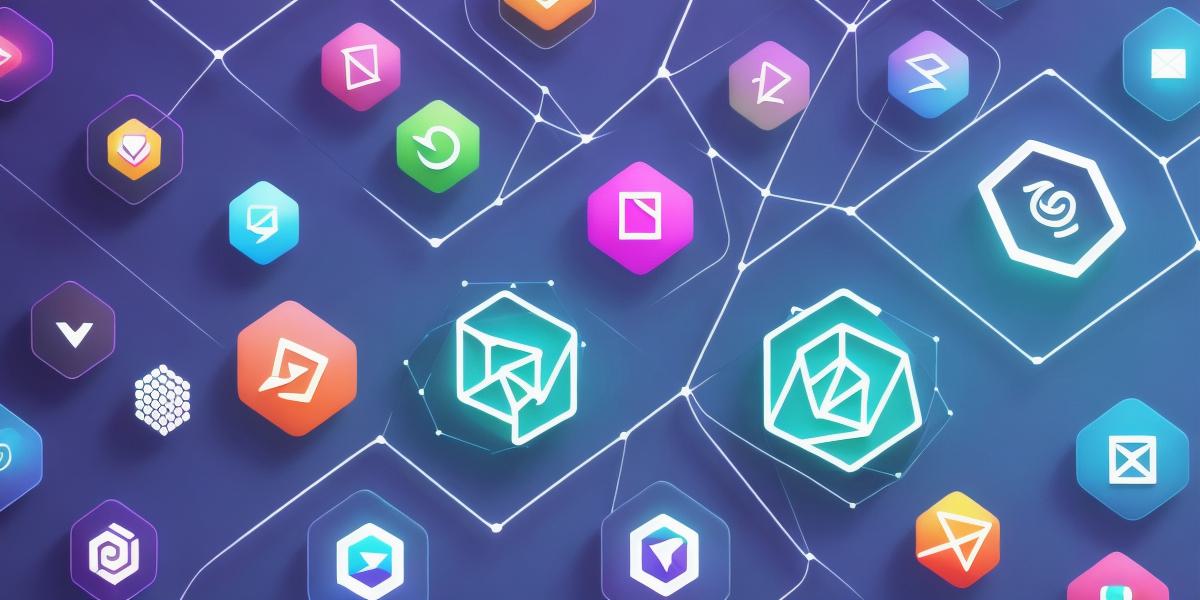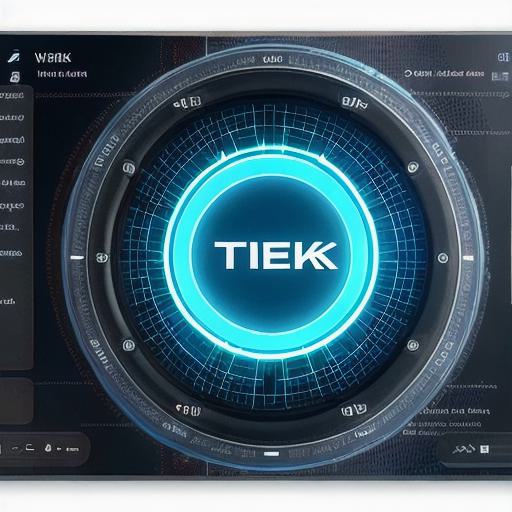Web3 and Dapps: Unlocking the Potential of Decentralized Applications

In recent years, the world has witnessed a significant shift towards decentralization, with more people realizing the importance of having control over their data and online interactions. This trend is being driven by the rise of Web3 technology and its associated dapps (decentralized applications), which offer users a new level of flexibility, security, and privacy when interacting online.
What is Web3?
Web3 refers to the third generation of the World Wide Web, which is built on blockchain technology. Unlike Web2, which relies on centralized servers to store and process data, Web3 uses a decentralized network of computers to manage and maintain the web. This means that users have more control over their data, as they can decide where and how it is stored, who has access to it, and how it is used.
Dapps: The Future of Decentralized Applications
A dapp is a decentralized application that runs on a blockchain network. Unlike traditional applications, which rely on central servers to store and process data, dapps are built on a distributed ledger, which ensures that data is secure, transparent, and immutable. This means that users can trust the integrity of the data they share with other users on a dapp, without worrying about the risk of hacking or data breaches.
Dapps offer many benefits to users, including:
- Security: Dapps use cryptographic algorithms to secure data and prevent unauthorized access. This means that users can trust their data to be safe and secure on a dapp.
- Privacy: Dapps give users more control over their personal information, allowing them to decide who has access to it and how it is used.
- Interoperability: Dapps are built on open standards, which means that they can communicate with other dapps and decentralized systems, regardless of the platform they were created on. This enables users to access a wide range of services and applications from a single interface.

Real-life Examples of Dapps in Action
- Decentralized Finance (DeFi) Applications: DeFi dapps are built on blockchain technology, allowing users to manage their financial transactions without the need for intermediaries such as banks. These dapps offer a range of services, including lending, borrowing, and trading, and have become increasingly popular in recent years.
- Gaming Applications: Gaming dapps are built on blockchain technology, allowing users to play games with each other without the need for intermediaries such as game publishers. These dapps often offer unique features and benefits to users, such as in-game assets that can be traded or used to unlock new levels.
- Social Media Applications: Social media dapps are built on blockchain technology, allowing users to connect with each other without the need for intermediaries such as social media platforms. These dapps often offer unique features and benefits to users, such as decentralized messaging or voting systems.
How Web3 and Dapps Will Change the World
As Web3 technology continues to evolve, we can expect to see more and more dapps being developed and launched. This will lead to a new level of flexibility, security, and privacy for users, as they will have greater control over their data and online interactions.
Dapps will also enable new business models, such as decentralized marketplaces, peer-to-peer lending platforms, and supply chain management systems. This will lead to increased competition and innovation in many industries, as companies seek to take advantage of the opportunities presented by Web3 technology.








